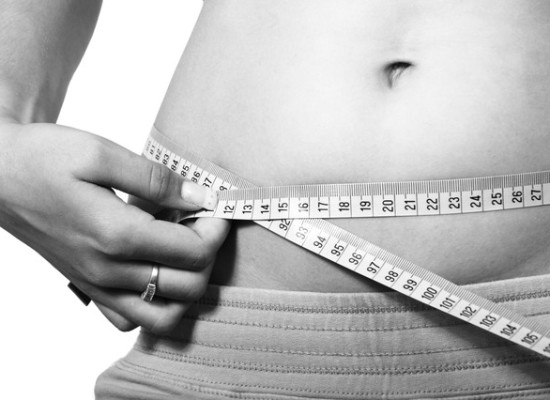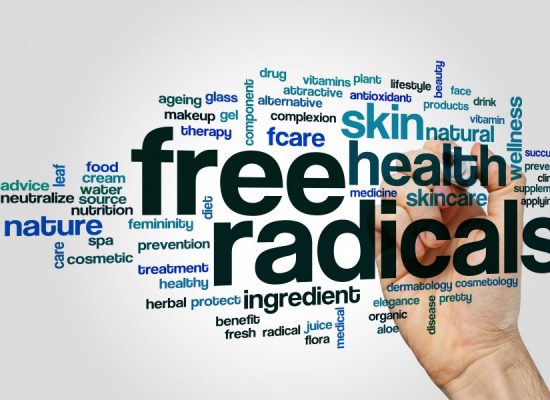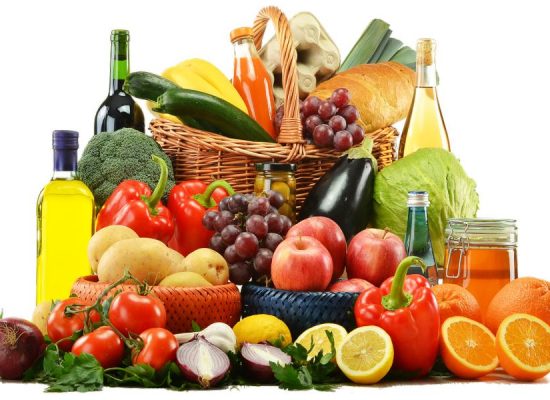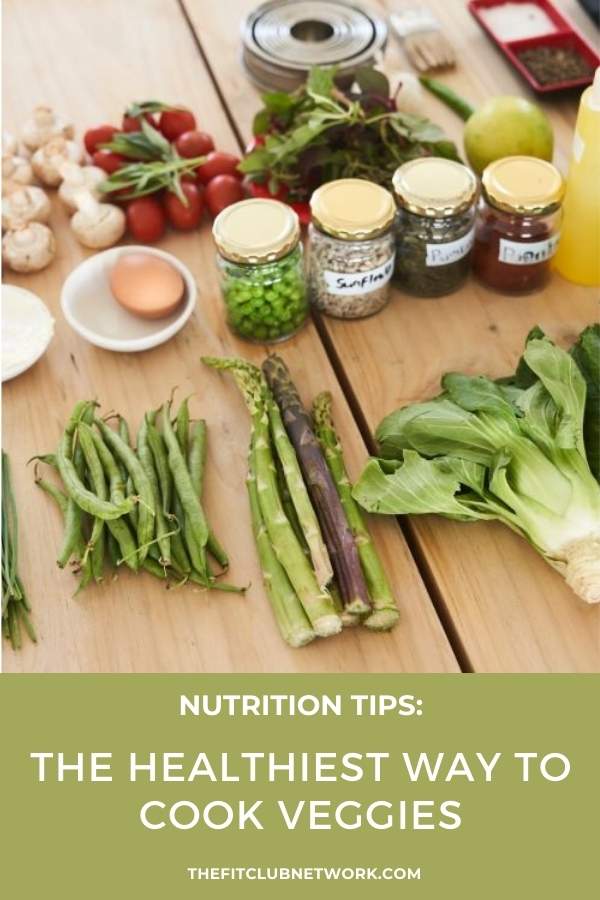
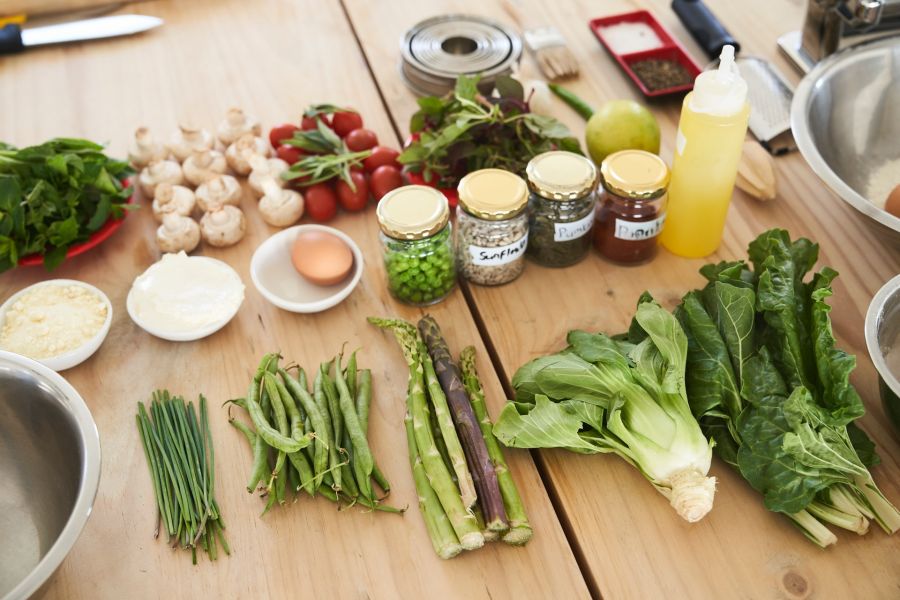
Image by Gareth Hubbard
The Healthiest Way to Cook Vegetables
A big part of healthy nutrition is how we prepare and cook our food. If you’ve ever wondered what is the healthiest way to cook vegetables, you’ll wonder no more after reading this post!
There are so many ways of cooking vegetables — boiling, roasting, sautéing, etc.
Let’s dive in and take a look so you’ll know the best way to cook veggies to maintain the HIGHEST nutritional value.
Raw Vegetables
This may surprise you, but eating your veggies raw isn’t always the best from a nutritional standpoint. It depends on the vegetable.
Your body actually has a hard time absorbing some of the nutrients from certain vegetables when they’re raw.
The cooking process breaks down the vegetable and makes it easier for your body to use the nutrients.
Do you eat TONS of raw spinach? Try eating it cooked as well so your body absorbs all the great nutrients.
Avoid Boiling Your Vegetables
Do you boil your vegetables? If so, don’t.
There are two reasons to avoid boiling vegetables.
- Most of the nutrients seep from the veggies into the water. Veggies like zucchini, peas, and cauliflower lose more than half their antioxidants when boiled!
- The FLAVOR also seeps into the water making boiled vegetables BLAND and unappetizing. No wonder so many people didn’t like their veggies when boiling was the rate!
Microwaved Veggies
We all get in a hurry, right? The microwave makes life SO convenient sometimes.
The good news is that microwaving does a pretty good job of preserving the nutrients in vegetables as long as you use a MINIMAL amount of water.
Like everything, there are some exceptions.
A Spanish study revealed that microwaving cauliflower reduced the nutrients significantly.
I KNOW…sometimes it’s confusing!
Sautéing Veggies
We all know that frying anything is NOT healthy, right? But, sautéing is okay!
What’s the difference? The high heat and heavy fat used for deep frying is dehydrating to the vegetables. Basically, tou end up substituting unhealthy fats for nutrients.
Instead of frying, use a little bit of olive oil or avocado oil in the pan with your veggies on medium heat.
The oil helps your body absorb the nutrients from the vegetables and the lower heat keeps the oil from breaking down and becoming carcinogenic.
Roasting & Baking
Roasting and baking your veggies results in tasty, caramelized vegetables.
Is it the healthiest way to cook your vegetables? It depends on the vegetable.
Broccoli, onions, asparagus, green beans, and celery are all good choices for roasting. Many vegetables retain their antioxidants when roasting, but one exception is green peppers. They don’t retain their antioxidants well when roasting.
RELATED | Dave’s Simple Vegetable Recipe
Steaming
Steaming is the healthiest way to cook vegetables.
Why? Because you use minimal liquid, a moderate temperature, and you don’t cook the veggie for too long.
Broccoli is one of the best foods when it comes to reducing your chances of cancer. Steaming broccoli retains the highest level of nutrients when compared to other cooking methods.
Buffet Style Meal Prep
Steaming is quick and easy so it ties in GREAT with my Buffet Style meal prep system ( <<< click there to learn more…it’s an AWESOME way to cook!).
Keep things simple by starting with a few easy meals you can pull together without a lot of fuss. It’s SUPER easy when you use Autumn Calabrese’s Portion Fix food containers.
Buy 2-3 day’s worth of food so you don’t go overboard and keep yourself well organized. My 21 Day Fix Meal Planner keeps me organized.
Write down 10-20 of your favorite meals and rotate them through the month. You can even group the meals by week and pre-write a shopping list that you use again and again.
Choose Core Healthy Foods
There are LOTS of great foods that are simple and healthy and satisfy each food group. Choosing a few core healthy foods that you love and know you’ll eat helps simplify your eating plan.
You can choose a few core foods off the 21 Day Fix food list. The list is HUGE, so don’t get overwhelmed…just stick with the foods you know and love and choose a few for each container for the week.
Keep in mind that the foods near the top of the lists are the highest in nutrients.
RELATED | Core Healthy Foods
Prep Time
You’ve chosen a few meals that use your core foods and you’ve done your shopping for the week. Now what???
Here’s where those great color-coded containers come in SO handy. If you don’t know your container allotment, use The Eating Plan Guide chart first.
Then start prepping your containers:
- Red — Protein foods (usually need cooking; great for salads, pasta, bowls, etc.)
- Orange — Seeds & Dressings (prep your dressings!)
- Yellow — Carbohydrates (pre-cook rice, quinoa, beans, and pasta)
- Green — Veggies! (Wash them and cook as noted above)
- Blue — Healthy fats (like avocado, almonds, and hummus)
- Purple — Fruits (berries, melon, tomato sauce, etc.)
- Teaspoon — For nut butter, olive oil, coconut oil, etc.
Healthy Seasonings
Remember to keep LOTS of healthy seasonings on hand. You can use as MUCH of these as you want without worries.
Lemon and lime juice, vinegar, mustard, herbs, spices, hot sauce, garlic, and ginger all come to mind. Spices can totally change up a protein, making it super EASY to use the same protein for several meals.
Use Mexican spices with some ground beef for a taco salad. The next day, use leftover ground beef with Thai spices for a tasty dish with rice and veggies.
The combinations are ENDLESS!!
RELATED | Healthy Seasonings & Meal Ideas
Healthiest Way to Cook Vegetables
The healthiest way to cook vegetables is steaming, but you can also roast and sauté them for lots of flavor and nutrients.
All three ways of cooking fit right in with buffet style meal prepping.
It’s always a good time to make healthy lifestyle changes. I love helping people do this, so let’s connect if you need a little help! Click below to message me on Facebook:

